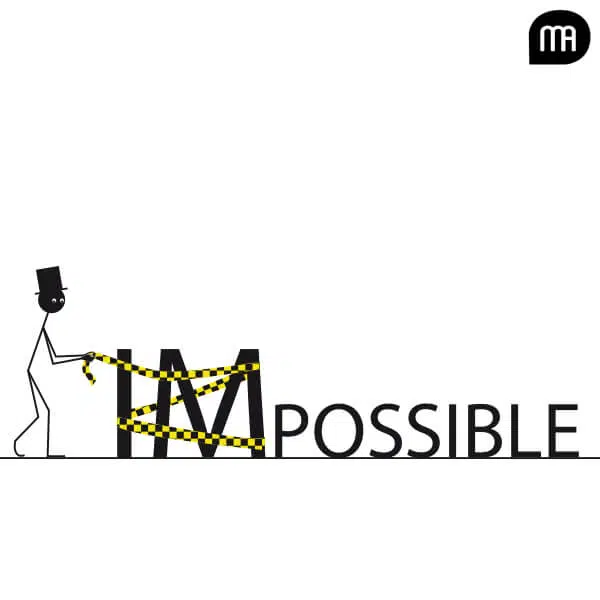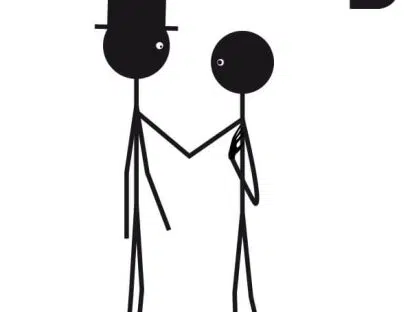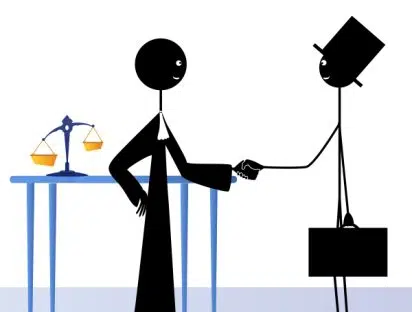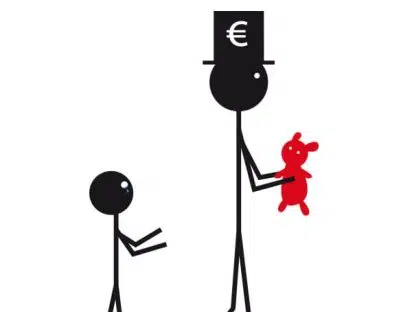 In the context of the Covid-19 coronavirus outbreak, the concept “impossible” appeared on March 11 in an article in The Atlantic, entitled “The extraordinary decisions facing Italian doctors.” The author, Yascha Mounk, admits a form of dismay at what he calls “impossible choices,” those consisting in choosing which patients, affected by the virus, should be given priority for treatment. “Impossible” is here synonymous with “extraordinary,” as the title mentions, or “tragic,” as are the choices typical of situations of moral dilemma, in which, by definition, a moral obligation will necessarily be violated (1). However, Yascha Mounk uses the word “impossible” in another sense in this sentence, which has the value of a warning to the American authorities:
In the context of the Covid-19 coronavirus outbreak, the concept “impossible” appeared on March 11 in an article in The Atlantic, entitled “The extraordinary decisions facing Italian doctors.” The author, Yascha Mounk, admits a form of dismay at what he calls “impossible choices,” those consisting in choosing which patients, affected by the virus, should be given priority for treatment. “Impossible” is here synonymous with “extraordinary,” as the title mentions, or “tragic,” as are the choices typical of situations of moral dilemma, in which, by definition, a moral obligation will necessarily be violated (1). However, Yascha Mounk uses the word “impossible” in another sense in this sentence, which has the value of a warning to the American authorities:
“But if Italy is in an impossible position, the obligation facing the United States is very clear: To arrest the crisis before the impossible becomes necessary.”
The passage from the impossible to the necessary refers to the relations that these two modalities maintain in alethic logic (from the Greek alētheia, the truth). The possibility is the logical correspondent, or the dual, of the necessary. The following axioms are thus equivalent (“p” designates a proposition, i.e., a true or false assertion):
it is possible that p if and only if it is not necessary that not-p ;
it is necessary that p if and only if it is not possible that not-p.
Yascha Mounk’s phrase: “to arrest the crisis before the impossible becomes necessary,” recalls the logical connection between the two modalities:
it is impossible for a doctor to treat such and such a category of patient if and only if it is necessary not to treat such and such a category of patient.
“Impossible” means, in logic, what is necessarily false; in ordinary language, “that which cannot be, occur or be realised; whose existence for realisation is excluded” (2). This ordinary meaning can be found in the work of Jean-Pierre Dupuy, who was interested, in his words, in the “sudden transformation of an impossibility into a possibility” (3). Discussing the attacks of 11 September in the United States, he described the problem raised by this transformation as follows:
“The worst horror has now become possible, one sometimes heard it said. If it has become possible, then it was not possible before. And yet, common sense objects, if it happened, then it must have been possible.”
This situation evokes the fundamental distinction made by Aristotle, in Metaphysics and On the Soul, between existing in potentiality and existing in actuality. This means, to use the above quotation, that if “it must have been possible,” then it existed in potentiality, especially in the minds of people. Jean-Pierre Dupuy asserts that the catastrophe becomes possible only by ‘possibilising’ itself.” This “possibilisation,” and the underlying contradiction that an event appears “at one and the same time as probable and as impossible” (4), is resolved by Henri Bergson, through his description of the artist’s creative act:
“the artist in executing his work is creating the possible as well as the real” (5).
The possible is created or revealed at the same time as it is actualised. What existed in potentiality is revealed by its entry into reality. But the “possibilisation” also has an effect on the way we predict and prevent catastrophes. Because, according to Jean-Pierre Dupuy,
“if one is to prevent a catastrophe, one needs to believe in its possibility before it occurs. If, on the other hand, one succeeds in preventing it, its non-realization maintains it in the realm of the impossible, and as a result, the prevention efforts will appear useless in retrospect.”
Jean-Pierre Dupuy addresses this problem in his book Pour un catastrophisme éclairé (6). But his remarks on the “possibilisation” already invite reflection. Alain Anquetil NB: on Monday 16 March 2020, the President of the French Republic said at the end of his speech: “Many things that we thought impossible are happening.” (1) “A Moral Dilemma is a situation in which an agent S morally ought to do A and morally ought to do B but cannot do both, either because B is just not-doing-A or because some contingent feature of the world prevents doing both” (C. C. Gowans, “The debate on moral dilemmas,” in Moral dilemmas, C. C. Gowans (ed.), Oxford University Press, 1987. (2) Source (in French): CNRTL. (3) J.-P. Dupuy, “The precautionary principle and enlightened doomsaying,” Revue de métaphysique et de morale, 76(4), 2012, pp. 577-592. (4) Extract (quoted by Jean-Pierre Dupuy) from Henri Bersgon, Les deux sources de la morale et de la religion, 1932, The two sources of morality and religion, translated by R. Ashley Audra and Cloudsley Brereton, with the assistance of W. Horsfall Carter, University of Notre Dame Press, 1977. (5) H. Bergson, “Le possible et le réel,” in La Pensée et le Mouvant. Essais et conférences, Paris, Félix Alcan, 1934, translated by Mabelle L. Andison, “The possible and the real,” in The creative mind, The Philosophical Library, 1946. (6) J.-P. Dupuy, Pour un catastrophisme éclairé, Seuil Points Essais, 2004. [cite]




